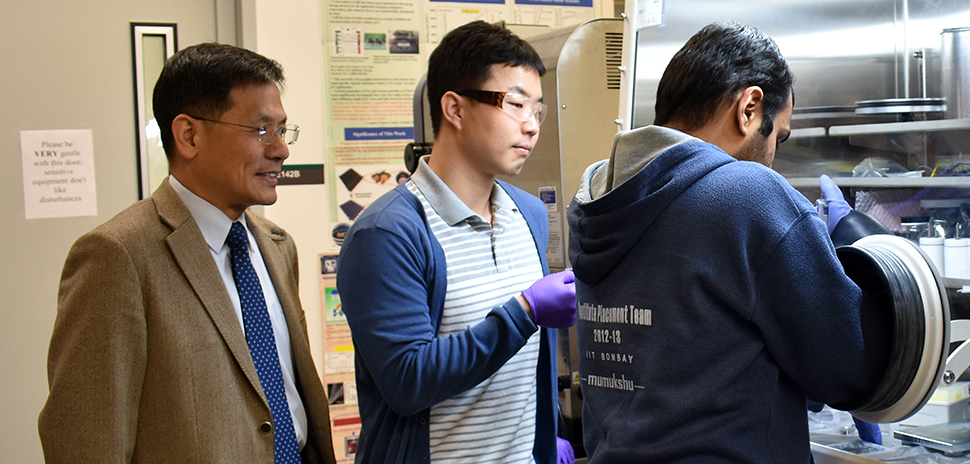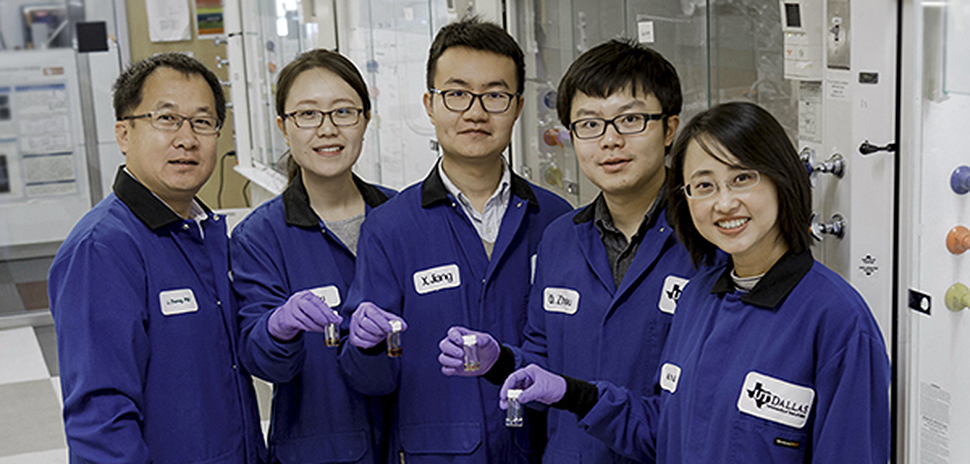![]() The University of Texas at Arlington announced that it has received a new $227,000 grant funded through the Medical Technology Enterprise Consortium to develop a manufacturing process for the REHEAL glove.
The University of Texas at Arlington announced that it has received a new $227,000 grant funded through the Medical Technology Enterprise Consortium to develop a manufacturing process for the REHEAL glove.
REHEAL is a bioengineered flexible polymeric glove dressing that delivers medicine to injured hands.
“Developing the manufacturing process is critical for clinical and pre-clinical studies of the REHEAL glove, which would be a Class 2 medical device that would need FDA approval,” Muthu Wijesundara, chief research scientist at UTA’s Research Institute and project leader, said in a release.
The REHEAL glove is capable of providing only commonly used negative pressure wound therapy, but also offers a way to deliver therapeutics and control the wound environment to promote better, faster healing, according to the university.
Here’s a look at how it works.
UNT RESEARCHERS’ WORK COULD REVOLUTIONIZE MATERIALS SCIENCE
Researchers in the University of North Texas’ College of Engineering have developed a thin, uniform, two-dimensional material that they believe could revolutionize materials science, according to the university.
Wonbong Choi, UNT professor of materials science and engineering and mechanical and energy engineering, collaborated with two doctoral students at the university and two scientists from South Korea to develop the material called WS2. Their research was published in Nature’s Science Reports journal.
The doctoral students are Juhong Park and Eunho Cha.
“We have synthesized two-dimensional WS2 — tungsten and two sulfur atoms attached two dimensionally — that shows semiconducting behavior and relatively good electron mobility and we have brought it down to a one atom thickness,” Choi said in a release.
Practical applications for the material include such things as transistors, microchips, displays, and circuitry, Choi said.
“This material could improve upon the existing technologies for more sophisticated applications. For instance, we don’t see that many wearable technologies, such as biochips, optical sensors or paper-thin flexible displays, but the ideas and concepts are there,” he said.

University of North Texas researchers have created a uniform, thin, two-dimensional material that could revolutionize materials science. [Photo courtesy of UNT]
UTD RESEARCHERS INVESTIGATE HOW KIDNEYS FILTER TINY PARTICLES
A research team led by Dr. Jie Zheng at the University of Texas at Dallas has shown how kidneys filter ultra-small engineered particles, findings that could lead to developing targeted therapies for kidney diseases and cancers.
According to the university, Zheng’s team synthesized a series of gold nano clusters with a specific number of atoms, which created varying sizes of gold particles. The team then investigated how the kidney eliminated each particle from the body. Each particle was smaller than 1 nanometer.
“We were surprised to find that small gold nanoparticles were filtrated four to nine times slower than just a few atom-larger ones in the early elimination stage,” Zhang said in a release.
The results of the team’s research were published in the journal Nature Nanotechnology. You read more about the research here.

The UTD research team includes Dr. Jie Zheng, associate professor of chemistry; graduate students Bujie Du, Xingya Jiang, and Qinhan Zhou; and Dr. Mengxiao Yu, research assistant professor. [Photo courtesy of UT Dallas]![]()
Get on the list.
Sign up to keep your eye on what’s new and next in Dallas-Fort Worth, every day.






























